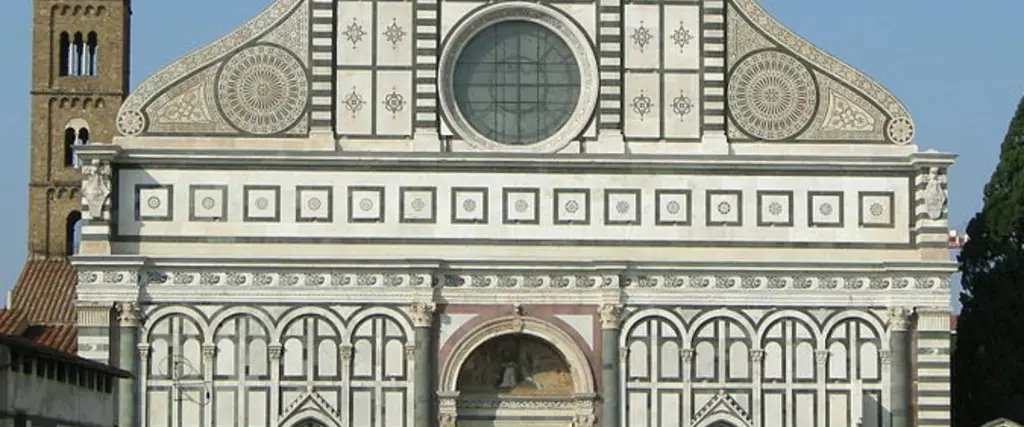
Piazza Santa Maria Novella
The creation of Piazza Santa Maria Novella dates back to the end of the 13th century, the beginning of the 14th century, in parallel with the construction works of the grandiose Dominican complex of the Basilica of Santa Maria Novella. The Preaching friars had arrived in Florence in 1219 and the small original church (located outside the 12th century city walls) had soon proved insufficient for the needs of the Order, which had become very popular and powerful. The new construction site, started in 1278, was completed only in the mid-14th century. The large external space in front of the facade becomes functional for preaching, the favored instrument of the Dominicans in the fight against heresy.
During the fifteenth century, the splendid façade of the Basilica was completed was created by Leon Battista Alberti in Renaisance style; of the same period is the Loggia, on the other side of the square, of Saint Paul Hospital, where currently the Museo Novecento is housed: an important collection of 20th-century Italian art and an excellent exhibition centre. The two sixteenth-century obelisks, at the ends of the square, were once used as "landmarks" for the Palio dei Cocchi (a horse-drawn chariot race), an ancient popular tradition of Florence.
With its elegance and grandeur, the square is one of the most evocative spaces in all of Florence, often the scene of important events in city life.
Comune di Firenze